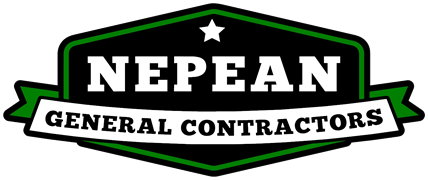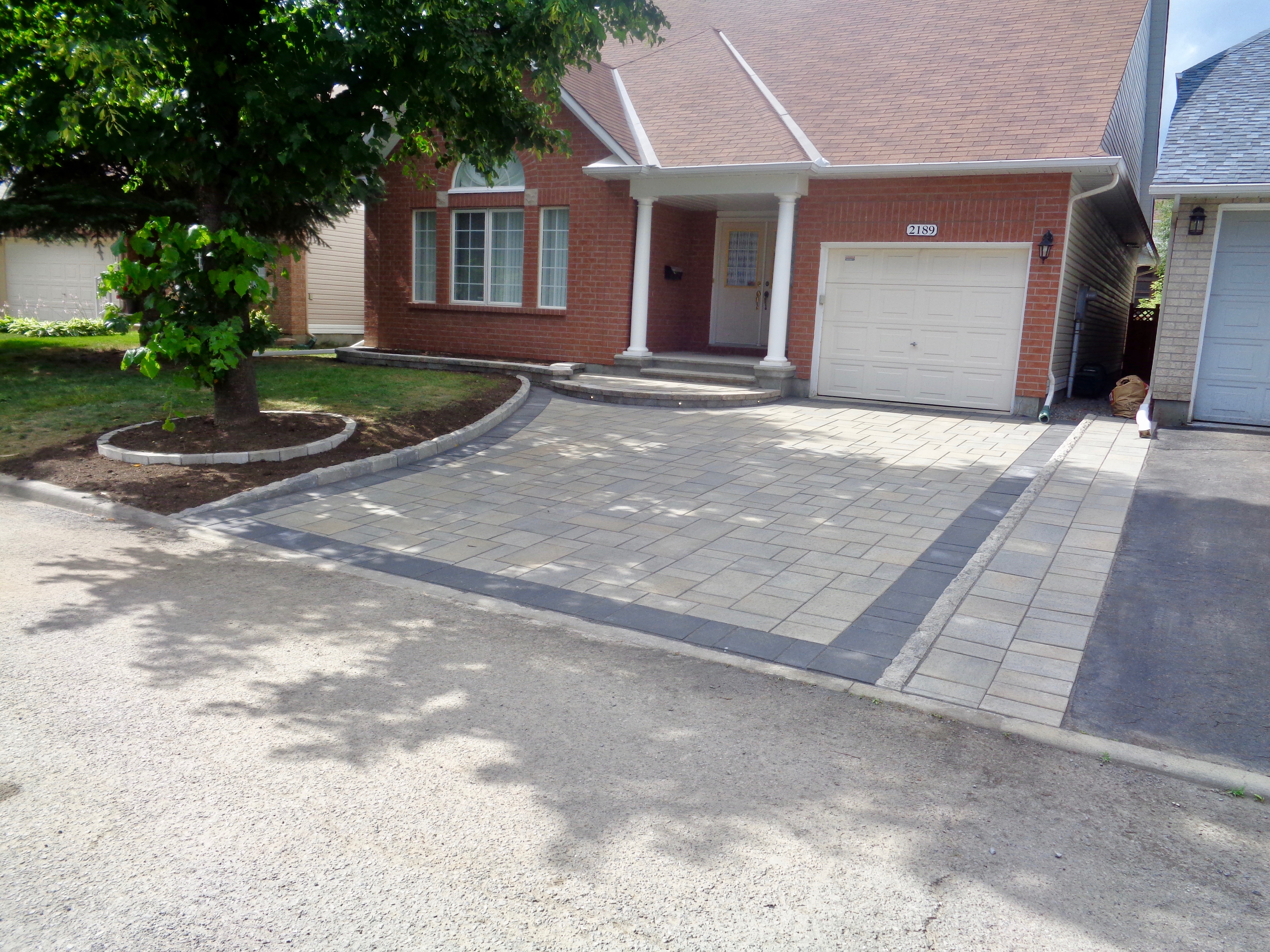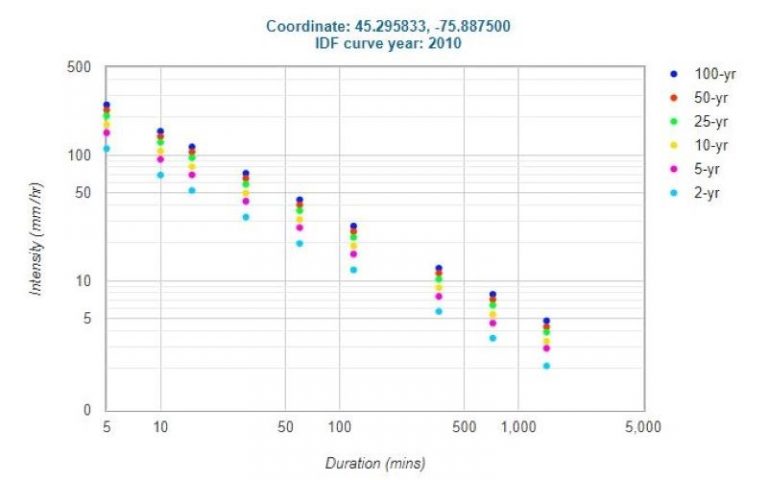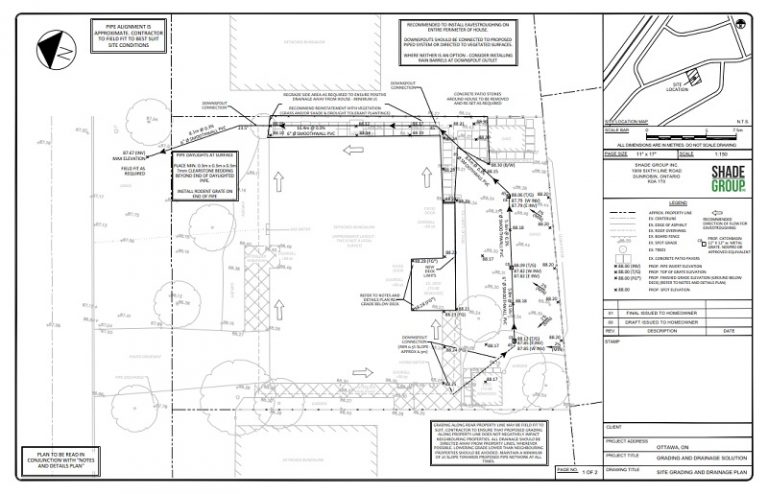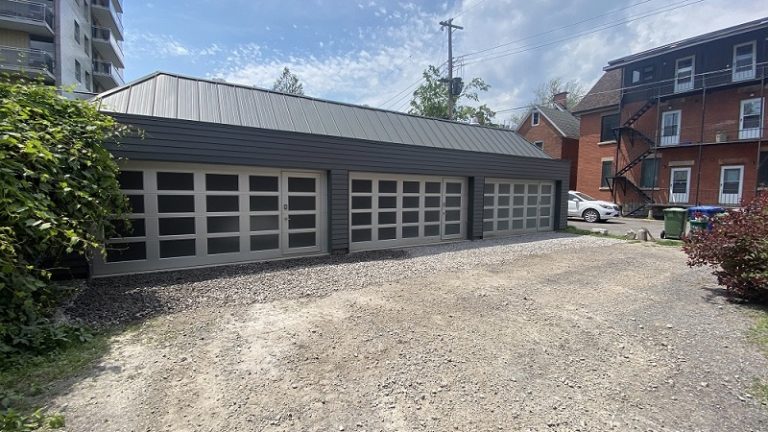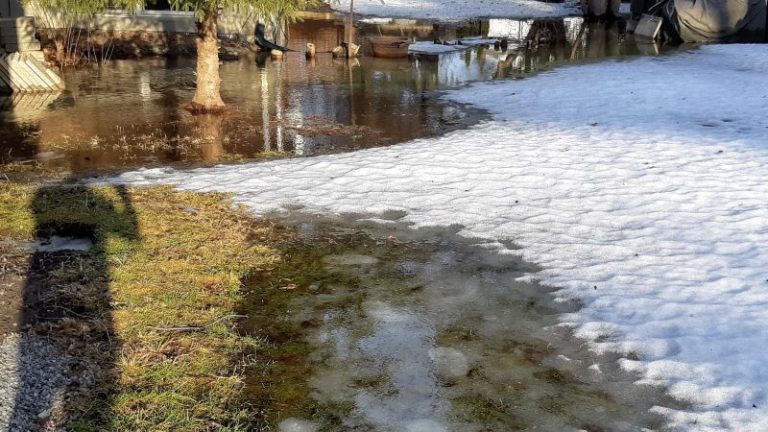NGC Drainage School – Landscaping Considerations for Drainage
Rainwater is a source of water that everyone has to deal with in the Ottawa area. In many cases, homeowners don’t have to worry about rainwater – as it isn’t a problem. Simple things like downspouts on roofs and positively sloped ground directing water away from the house are often sufficient to deal with water on the average property.
But in other cases – rainwater can cause havoc on properties. Improper grading can cause ponding water; highwater table may prevent infiltration; or lack of gutters and downspouts may cause erosion. Some area easy to fix – others are more complicated.
What often isn’t considered – is how does your landscaping design impact your drainage?
Patios and decks can all impact drainage on your property. Decks generally allow for water to slip down beneath the deck – but if the ground beneath the deck wasn’t properly graded, water may be sent towards your foundation. Proper grading below your newly installed deck is crucial to limiting drainage problems on your property and around your foundation. Decks with roofs may present with similar issues to house roofs – as now water cannot enter the ground below. Water may instead sheet over the edge of the roof – and without proper gutters – may cause erosion along the ground below.
Patios – whether concrete poured patios or interlock patios – can also impact drainage patterns on your property. One of the parts of the rainwater cycle is infiltration. Infiltration not only offers a means of purifying water; it also offers groundwater recharge which is key to a healthy ecosystem. The challenge is that when hard, impermeable surfaces like concrete patios and interlock patios are installed, water can no longer infiltrate into the ground. It must therefore find another way to get away; which is generally over the surface. This is therefor a change to the natural cycle.
Dealing with water at the source – i.e. where it lands – is the most environmentally friendly way to deal with rainwater. It best reflects the natural cycle. The alternative is to collect and convey water – which is what gutters, eavestroughing, storm sewers, pipe networks, etc. all serve to do. In some cases, there is no avoiding this collection, as it is part of the development process. However there are various means that can be implemented along the way to allow that collected water an opportunity to infiltrate at the source, rather than being conveyed off to large stormwater management facilities.
Permeable Paver Setup
If you’re looking to install a patio, consider a permeable paver install. This typically involves interlock patio stones – which may or may not be speciality product. In today’s industry, permeable paver setups can be accomplished with almost any interlock stone. The key is the install process. The base for a permeable paver setup is often done with clearstone rather than gravel. Clearstone is a washed, uniform sized stone that does not have any fines (i.e. sand particles) in it. That means that when it’s placed and compacted, there are holes left between the stones. These voids are space for water to temporarily sit while it infiltrates into the ground below. Another key component of the install process is the finishing. While a traditional install may have sand swept between the stones – permeable pavers have either nothing between the pavers – or are filled with products that still allow for water to permeate. The key is to allow a way for water to get down into the ground below – rather than forcing it to flow over a hard surface to an alternative outlet. Thereby treating it at the source!
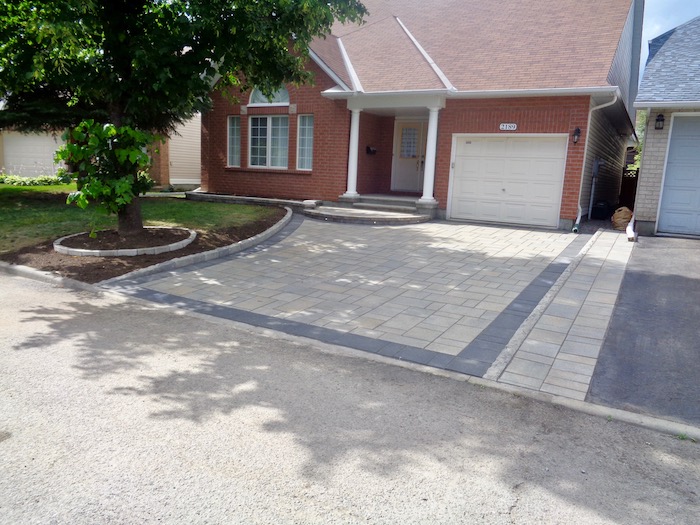
If you have drainage problems and you’re planning to update your landscaping and hardscaping – we highly recommend fixing any drainage problem first. It is significantly cheaper to address drainage issues at the outset of a project – rather than retrofitting solutions to a finished landscape.
To speak with one of our professionals to see how we can help on your next project, reach out today!
